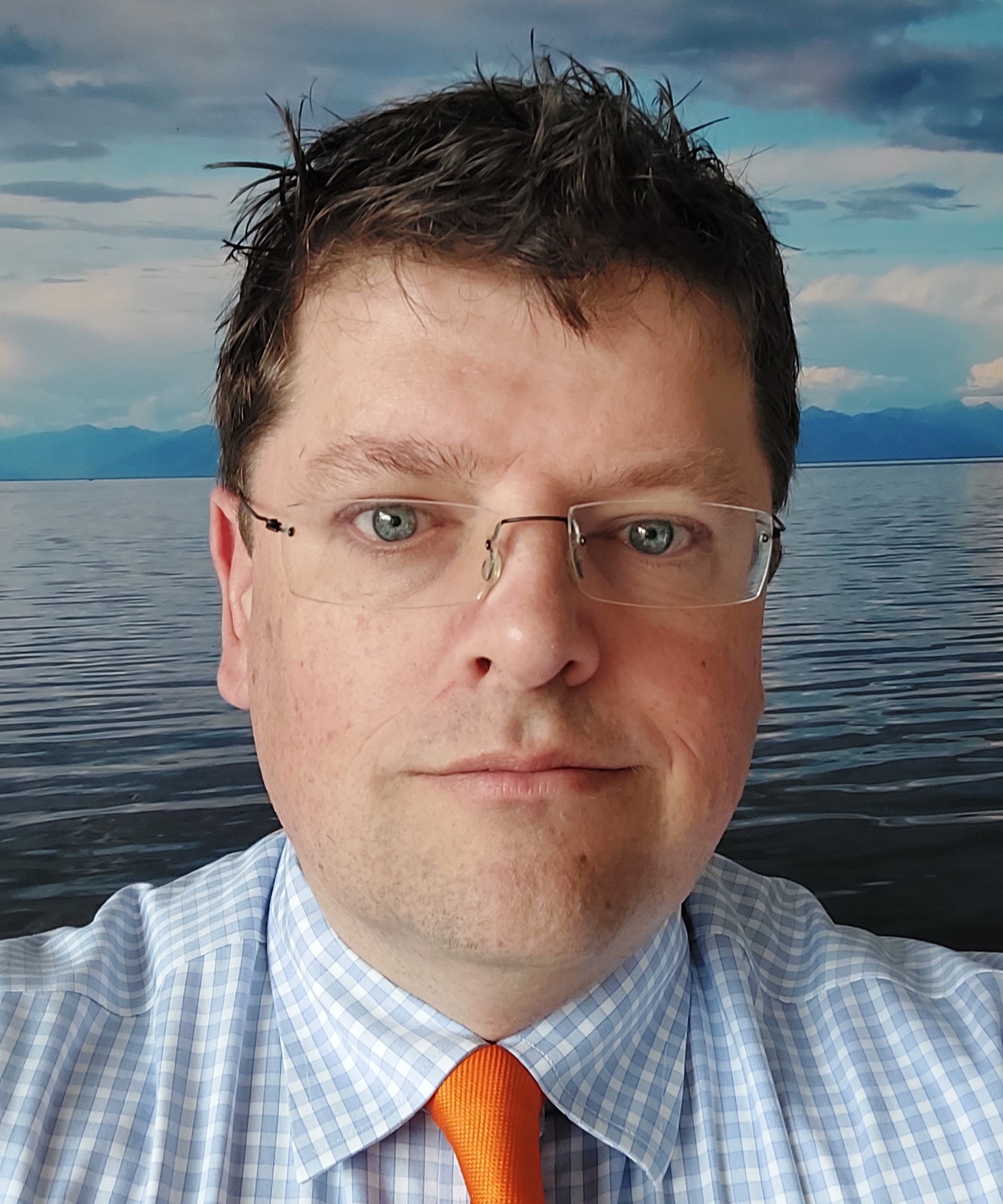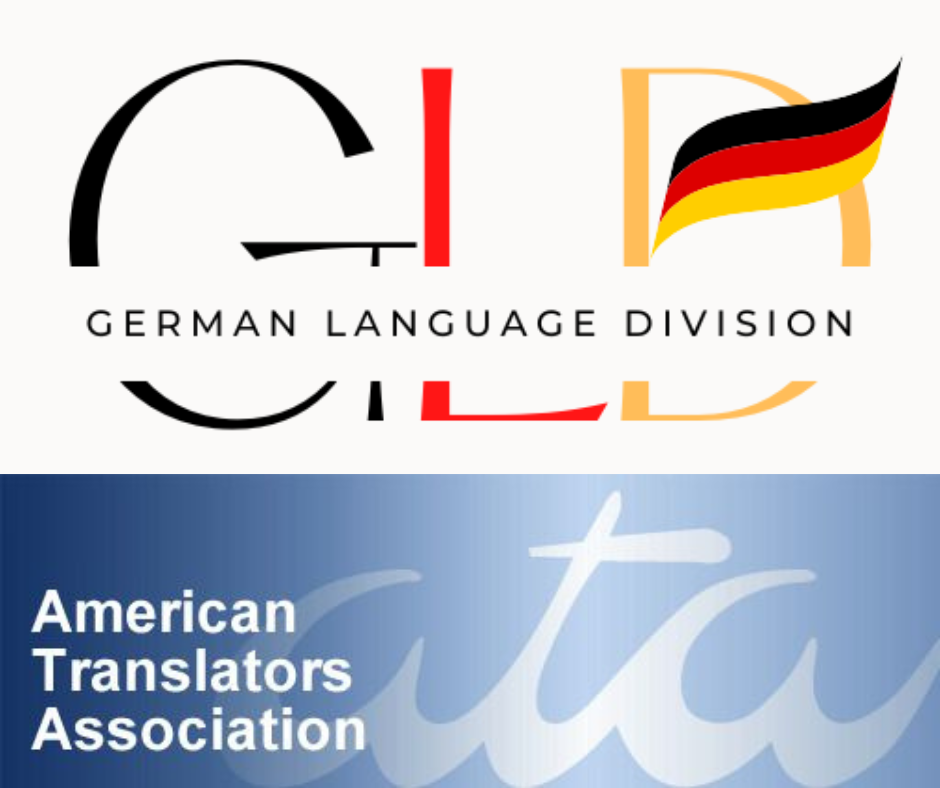Last weekend, I attended the ATA German Language Division Workshop held here in Vienna. I also delivered a new presentation on Sunday morning (der Morgenstund hat Gold im Mund!). It was the first time that I had presented about the Expert in the Lead (XITL) approach to human-machine translation. Previously it has been the focus of LinkedIn posts and articles in the ITI Bulletin and Universitas Mitteilungsblatt.
GenAI/LLMs/MTPE and the Profession vs the Industry
- Don’t be afraid to present on something new: presenting on a new topic is exhilarating – and audience feedback is really helpful. Presenting to a small, intimate audience is great for presenting on a new topic. I’d been tempted to go for really flashy slides, but opted for readability and high contrast. Day one reminded me to check my slides were clear: in black-and-white or with high contrast.
- Even if we’re not all overly keen on GenAI and LLMs, translators certainly see the value of tools: there was a short presentation about AutoHotKey (AHK), which I knew of, but am not able to use in my working environment in the office. From the presentation, it was clear that I’d have plenty of use cases for it. And my other neighbour showed me a lightweight USB-C powered second screen. Various laptop stands and travel tech was on show over the weekend.
- The continuing prevalence of AI bias, how to handle it, as well as how to prompt accordingly: Dagmar Gromann gave a two-part session focussing on typical AI bias. I think I was primed by the prompt about what Germans typically eat for dinner. I went for Obazda as a starter after it featured heavily in the prompt output! This session also addressed inclusive language – prompting me to re-listen to the Yellow of the Egg podcast.
Freelancing and in-house
- In-house translators are far closer to freelancers than some may think: while I don’t contend with the “business” side of translation professionals as an in-house translator, I face many similar issues. I also need to get my point across to decision-makers, and convince people of the value of human translation.
- Freelancers are suffering from the industry shift from an emphasis on “top quality” to “good enough”: I touched upon how the industry’s “flight from quality” is affecting the profession (see the graphics below). Some may approach a day where they have to reconsider their ability to “stay in the game” up until retirement. This mirrored the sentiment in a recent “Standing Up” (a closed Facebook Group for translators) thread. I am grateful to Standing Up for connecting me with one of my neighbours for the weekend.
Techniques
- Always have something to hand to take notes: as Nina Sattler-Hovdar pointed out in her transcreation workshop on the second day – always take notes – whether on paper or on your phone, tablet or computer. I’m big on always having a notebook on me (even when watching football with my children). The takeaway already paid dividends this week when a thought came to me while printing out some texts. I quickly scribbled it onto one of the photocopies with the biro by the photocopier. I am sure I would have forgotten after a chat in the Teeküche.
- Multiple approaches to the same issue: I talked to a few participants about their personal view of translation memory systems/CAT. People’s personal CAT use varies, often by their areas of specialisation. I believe firmly in “you do you” – if it works well for you, don’t change it! Different approaches includes different segmentation e.g. paragraph segmentation rather than sentence-based segmentation. The former is an approach I took many years to find. I find it very useful for “freer translations” e.g. speeches.
- The priming effect: a couple of warm-up exercises focussed on the priming effect. I fell into the elephant trap a couple of times: which might possibly have been a sign of tiredness! One presentation analysing machine translation output was very interesting – professional translators use broader varieties of techniques to render texts than machine translation. Many techniques cast me back to my student days and Translation Methodology. At the wordface, intuition plays a big role, so I don’t really analyse my preferences towards techniques. I probably could/should find time to do so.
The human factor
- Translators are an upstanding and ethical bunch: in a world that sometimes can be very devoid of compassion, translators are very compassionate. Even when earning a living (even if this is hampered by industry practices), we still retain our integrity. Sadly some of the tales of agency work paint a far less upstanding picture.
- Nothing beats human company: as someone attending for the first time, I was made really welcome and had a day and a half of great conversations with some consummate professionals. This is why I value, and feel duty-bound to fight for, the translation profession. Aaron Maddox’s final session was thought provoking and led to open discussion – including about the positive effects of life coaching.
Many thanks to all the organisers – Bettina, Ellen, Karen and Robin – as well as all the other participants. To anyone I didn’t really speak to over the weekend, I hope there will be future opportunities. And a particular thanks to my “neighbours” Sarah and Johanna, and other group work participants for the lively chats.

Michael Bailey is an experienced (Austrian) German to (British) English translator focusing on financial market supervision law. As a freelancer until 2014, he worked with customers within the Austrian public and private sectors, and since 2014 has been involved in translation of all aspects of banking supervision and resolution – from the cradle (authorisation/licensing) to the grave (orderly wind-down in resolution). He has translated a wide variety of primary and secondary Austrian legislation, soft law instruments, as well as web content and financial literacy information at the FMA. While being LangTech savvy, pre-dominantly as a power user of Trados and MultiTerm (since 2004), Michael remains a strong advocate of the preservation of human translators and interpreters, championing the profession’s need to take a leading role, rather than being relegated to having a subsidiary role in the MITL and HITL solutions actively pushed by the industry. He is a member of the Steering Committee of the European Trados User Group, and a member of Universitas (the Austrian Interpreter’s and Translators’ Association) and the Chartered Institute of Linguists. He also writes a personal translation blog (www.transl8r.eu) called “In-house translation – outside the box”.


